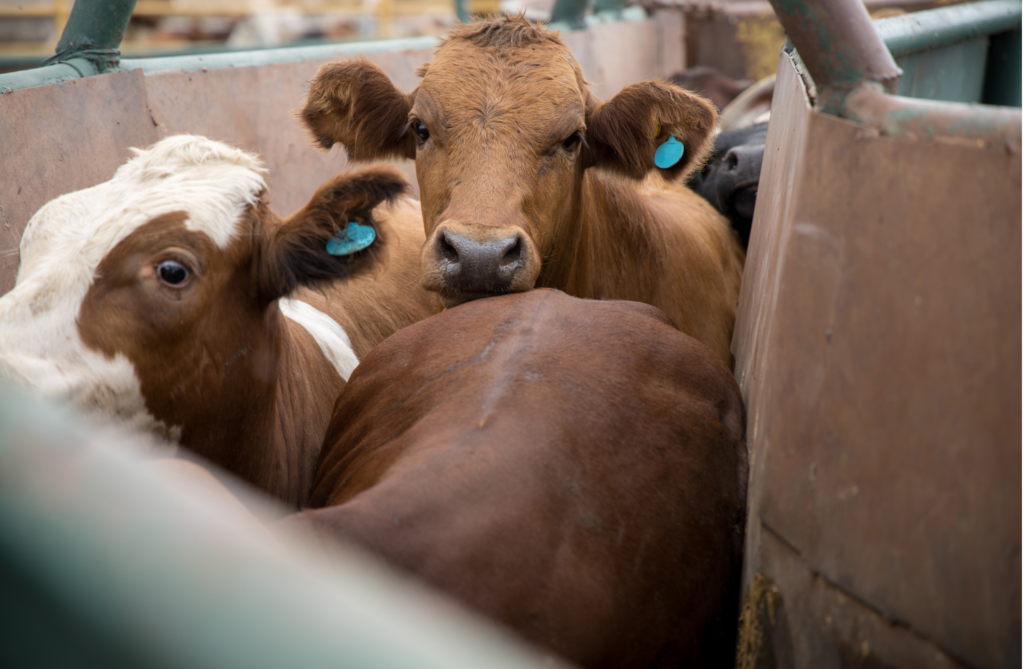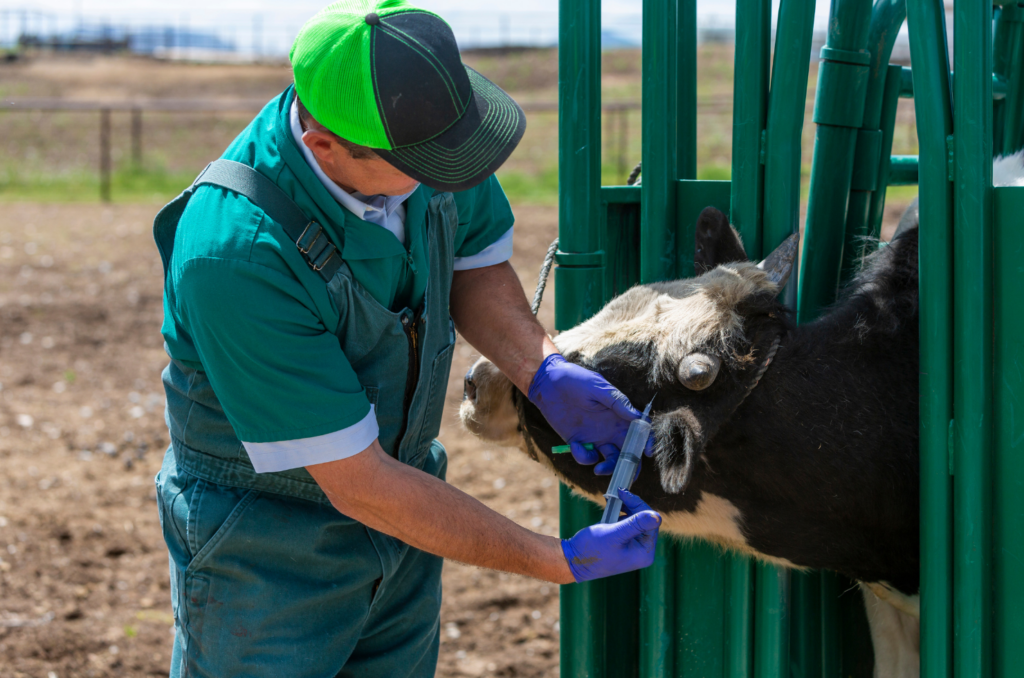Cattle Handling Facilities
go.ncsu.edu/readext?1003196
en Español / em Português
El inglés es el idioma de control de esta página. En la medida en que haya algún conflicto entre la traducción al inglés y la traducción, el inglés prevalece.
Al hacer clic en el enlace de traducción se activa un servicio de traducción gratuito para convertir la página al español. Al igual que con cualquier traducción por Internet, la conversión no es sensible al contexto y puede que no traduzca el texto en su significado original. NC State Extension no garantiza la exactitud del texto traducido. Por favor, tenga en cuenta que algunas aplicaciones y/o servicios pueden no funcionar como se espera cuando se traducen.
Português
Inglês é o idioma de controle desta página. Na medida que haja algum conflito entre o texto original em Inglês e a tradução, o Inglês prevalece.
Ao clicar no link de tradução, um serviço gratuito de tradução será ativado para converter a página para o Português. Como em qualquer tradução pela internet, a conversão não é sensivel ao contexto e pode não ocorrer a tradução para o significado orginal. O serviço de Extensão da Carolina do Norte (NC State Extension) não garante a exatidão do texto traduzido. Por favor, observe que algumas funções ou serviços podem não funcionar como esperado após a tradução.
English
English is the controlling language of this page. To the extent there is any conflict between the English text and the translation, English controls.
Clicking on the translation link activates a free translation service to convert the page to Spanish. As with any Internet translation, the conversion is not context-sensitive and may not translate the text to its original meaning. NC State Extension does not guarantee the accuracy of the translated text. Please note that some applications and/or services may not function as expected when translated.
Collapse ▲Summer is just around the corner and with summer cattle producers will be managing flies, deworming, and may even be considering other vaccinations as part of their herd management program. These things made me start to think about cattle handling facilities. With good management practices comes a requirement to work cattle several times throughout the year, and I can’t tell you how many times I have heard producers say the reason why they don’t implement these best management practices is because they don’t have an adequate handling facility. I can’t say whether this is because the thought of choosing a design that best fits their operation or if it’s the cost associated with building a facility that is overwhelming. However, I can say that this is where Cooperative Extension can help.
 First off, we have an impressive amount of equipment available to producers to rent for various lengths of time which include a squeeze chute, corral system, Artificial Insemination cage attachment, and portable scales. We have several producers who have utilized this equipment and have had great things to say about it. This allows the producers to basically skip the process of planning a working facility design and footing the bill to build it. This also allows producers to be able to see and use these pieces of equipment to see what they do and do not like about them before purchasing one of their own. Cooperative Extension is also available to help walk producers through the steps of planning and designing a handling facility to best meet their needs.
First off, we have an impressive amount of equipment available to producers to rent for various lengths of time which include a squeeze chute, corral system, Artificial Insemination cage attachment, and portable scales. We have several producers who have utilized this equipment and have had great things to say about it. This allows the producers to basically skip the process of planning a working facility design and footing the bill to build it. This also allows producers to be able to see and use these pieces of equipment to see what they do and do not like about them before purchasing one of their own. Cooperative Extension is also available to help walk producers through the steps of planning and designing a handling facility to best meet their needs.
 One thing we must not skip is reminding producers who already have a handling facility to walk through that facility at least a couple times a year to make sure that it is safe to work cattle through. This means making sure the footing is adequate so that animals are not slipping and/or falling while being handled. Also, checking for loose boards, screws, or nails which could result in injury to the animals or operators. As producers these best management practices that we can implement with the help of a handling facility can go a long way with giving consumers peace of mind that their beef is being raised in a healthy and humane manner. Producers or prospective producers can find out more information pertaining to this article by contacting Kendra Fortner at the N.C. Cooperative Extension, Jackson County Center at 828-586-4009 or the N.C. Cooperative Extension, Swain County Center at 828-488-3848 or by email at kendra_norton@ncsu.edu
One thing we must not skip is reminding producers who already have a handling facility to walk through that facility at least a couple times a year to make sure that it is safe to work cattle through. This means making sure the footing is adequate so that animals are not slipping and/or falling while being handled. Also, checking for loose boards, screws, or nails which could result in injury to the animals or operators. As producers these best management practices that we can implement with the help of a handling facility can go a long way with giving consumers peace of mind that their beef is being raised in a healthy and humane manner. Producers or prospective producers can find out more information pertaining to this article by contacting Kendra Fortner at the N.C. Cooperative Extension, Jackson County Center at 828-586-4009 or the N.C. Cooperative Extension, Swain County Center at 828-488-3848 or by email at kendra_norton@ncsu.edu




